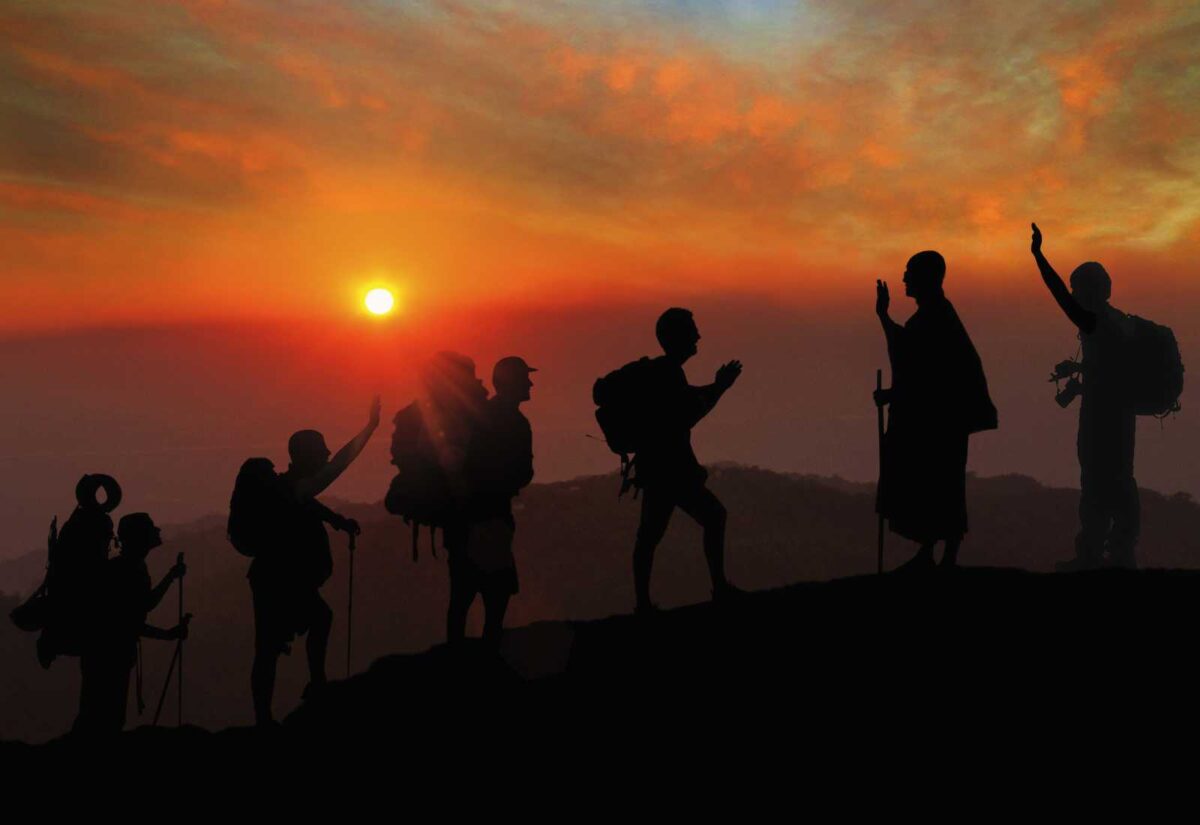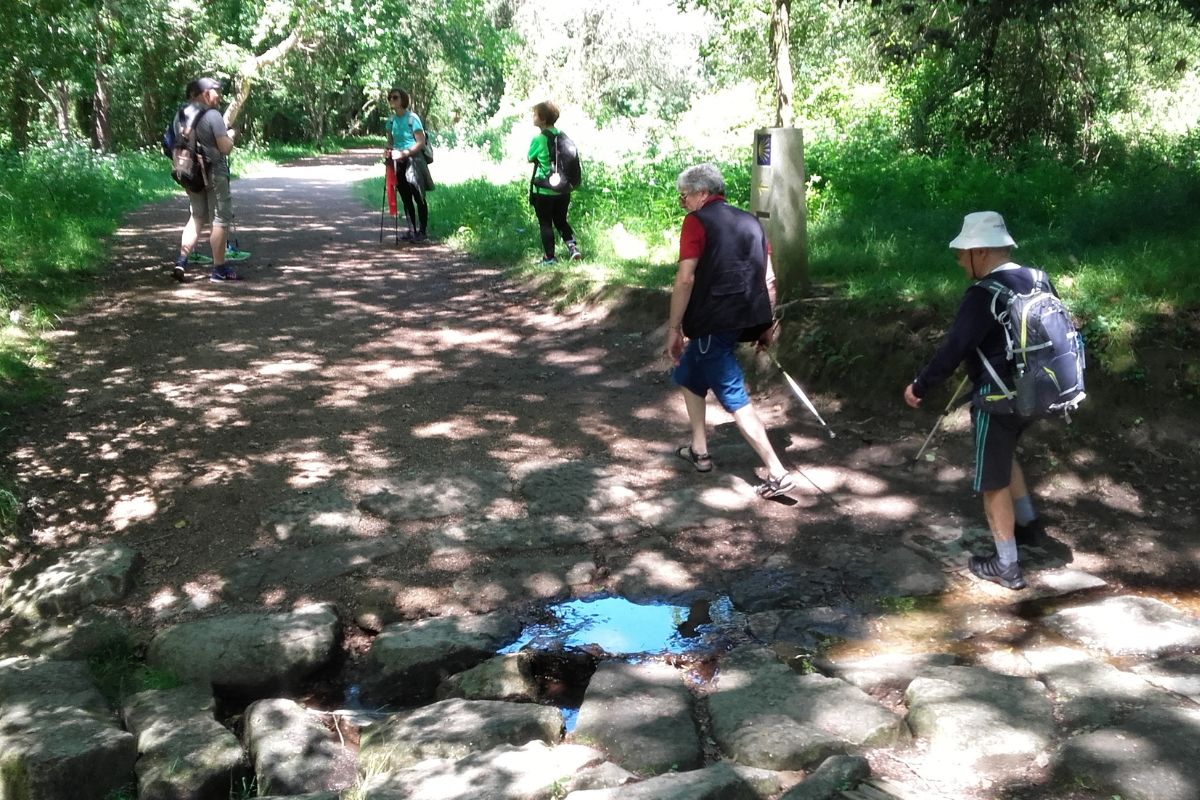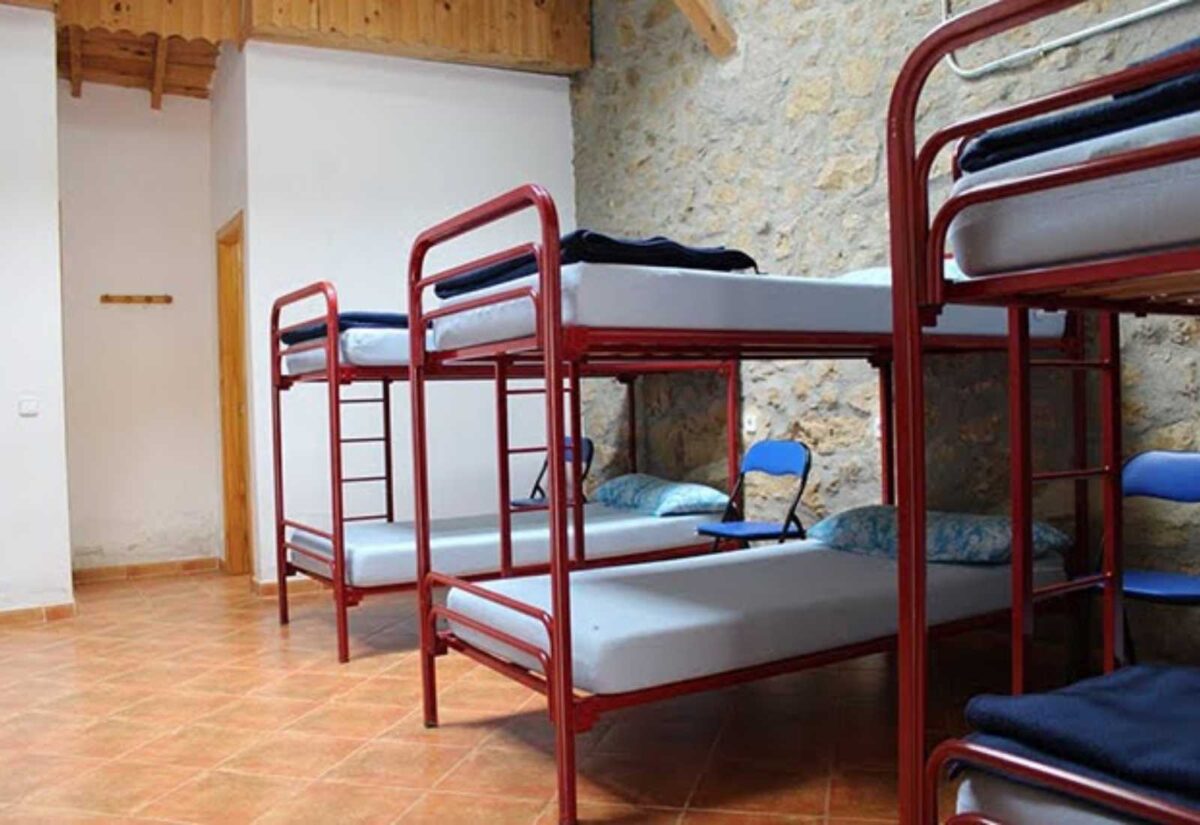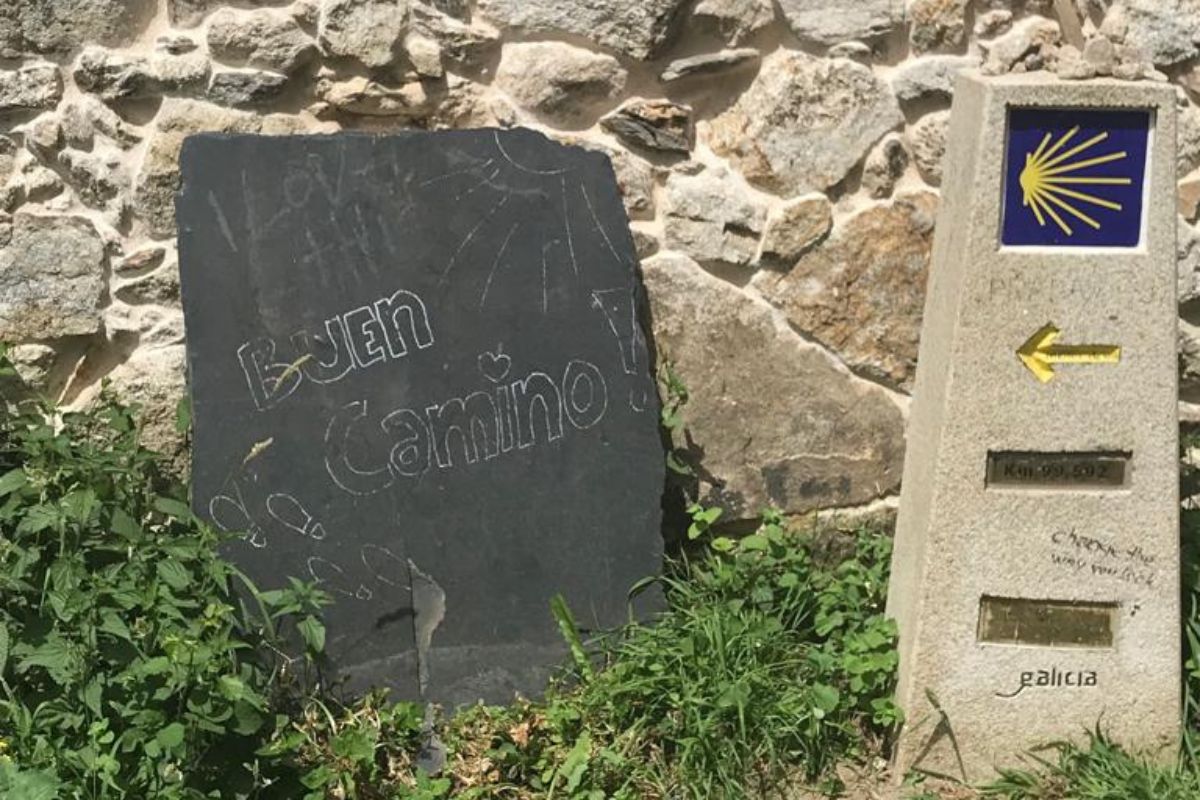When talking about walking the Camino de Santiago, many pilgrims take for granted some assertions that are not correct. In many conversations among pilgrims, these assertions are discussed, sometimes creating false myths about the Camino de Santiago. What are they? What is true or not? Is there any “rule” for doing the Camino de Santiago? In this article, we will address these questions and clarify what is myth and what is reality when it comes to doing the pilgrimage route.
The Camino is only for religious people
Let’s start from the ground up. Yes, it is true that the Camino de Santiago emerged as a Christian pilgrimage route to the tomb of Saint James the Apostle, as tradition tells. Since its origins, thousands of devout Christians have headed to Santiago de Compostela to venerate the apostolic relics.
However, this is one of the main false myths about the Camino, and nowadays it is no longer exclusively true: many pilgrims have other motivations. Walking the Camino de Santiago has acquired a broader meaning because, in addition to religiousness, everyone can have their own beliefs and spirituality. In fact, this is a great richness, as on the Camino, you can meet people from all nationalities, cultures, and beliefs.

Pilgrims of all beliefs and spirituality can walk the Camino de Santiago
On the other hand, many people choose to walk the Camino to meet people, disconnect from everyday life, or practice hiking. There is no written rule about the reasons for doing a pilgrimage route, and we all fit on the Way to Santiago.
However, keep in mind that when applying for your Compostela, you will be asked the reason why you are walking the Camino, which can be religious-spiritual or others. Depending on whether you choose one or the other, you will have one or another model of this document.
You have to be fit
It’s always good to be in good physical shape for everything, including walking the Camino de Santiago. However, this is a myth that does not correspond to reality, and you don’t have to be an Ironman or Ironwoman to walk the Camino. On the Jacobean trails, we find people who are fit and those who are not so much. The latter, in fact, may come to the Camino precisely for that, to practice hiking and get out of sedentary lifestyle.
In this sense, being in good shape is not a means, a requirement, or a rule, but it can be a goal. As we said in the previous section, everyone has their personal motivations, and if one of them is to take care of themselves physically, the Camino is a good place for that. However, it is true that it is advisable to have a minimum and adequate previous preparation.
Only young people can walk the Camino de Santiago
This myth is related to what was commented in the previous section, but it is another assertion that does not match reality. On the Camino, we have seen pilgrims of all ages: from babies who walk a little, to octogenarian pilgrims who could be their great-grandparents.
If we look at the most recent statistics on pilgrims arriving in Santiago de Compostela, those over 46 represent more than half of the Jacobean pilgrims.

You’ll find people of all ages on the Camino
If you don’t carry your backpack, you haven’t done the Camino de Santiago
The typical image of the pilgrim is that of a walker with their backpack, among other elements: like any journey, you have to carry luggage. Nowadays, more facilities are offered to the pilgrim than before, and there are baggage transport services that facilitate the pilgrimage.
On the Camino, the pilgrim carries not only the backpack but also the weight of their concerns, reflections, and other non-material burdens. Step by step, the pilgrim leaves them behind and frees themselves from them, and this is what is really important. We facilitate the Camino for you and carry your backpack so you can focus on your experience and free yourself from those other more important burdens.
The hostels are dirty, and you can’t sleep well
Another myth that, except for very punctual exceptions, does not correspond to reality. Pilgrim hostels are the traditional accommodation for walkers to Santiago, and they offer a very authentic pilgrim atmosphere.
Nowadays, the Camino hostels are well attended and cared for, and cleanliness is paramount. In our travels, we work with the best hostels, which offer maximum comfort and thorough cleanliness to provide the best experience for the pilgrim.
As you may know, in them, pilgrims sleep in shared rooms with others. The beds are comfortable, and sets of bedding and blankets are provided to facilitate restful sleep for the pilgrim. However, you may always encounter someone snoring, and that’s inevitable. Solution? Use earplugs, or choose other types of accommodations where you can enjoy a private room.

Every day, the hostel caretakers take care of the cleanliness of the hostels
Forget the false myths about the Camino de Santiago
As you can see, there is no established rule when it comes to choosing how to walk the Camino de Santiago. We all fit on the Camino de Santiago. Everyone has their preferences, concerns, and possibilities, and that’s what needs to be taken into account to venture into this experience. The important thing is the transformative effect that the Camino can have on our lives.
Whether you’re a beginner pilgrim or an experienced one, set aside the false myths about the Camino de Santiago. Focus on squeezing the most out of this personal adventure, regardless of how you approach it: be yourself and respect other pilgrims. Live and let live on the Camino de Santiago, and forget these false beliefs about the Jacobean experience, and enjoy your journey.















Leave A Comment